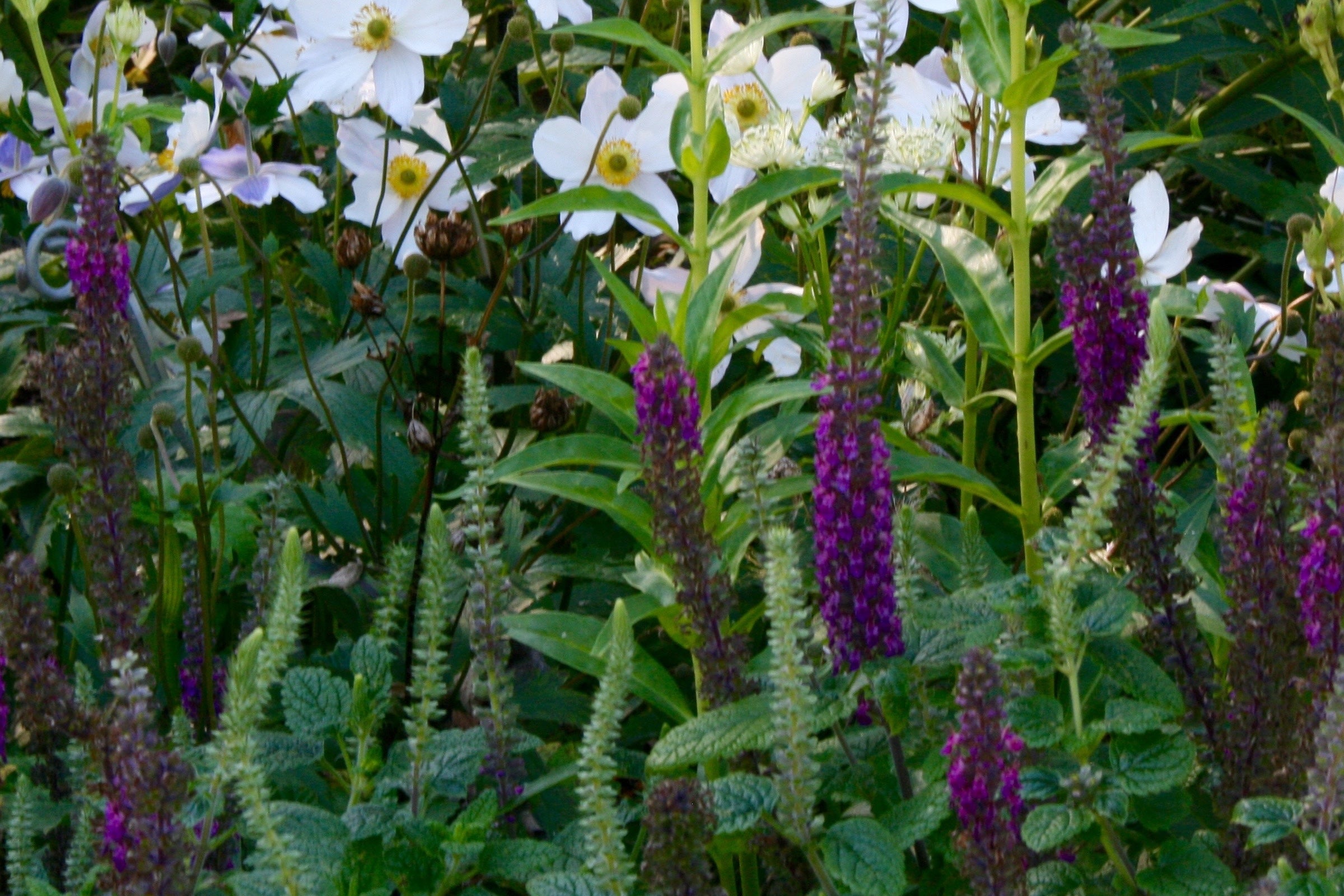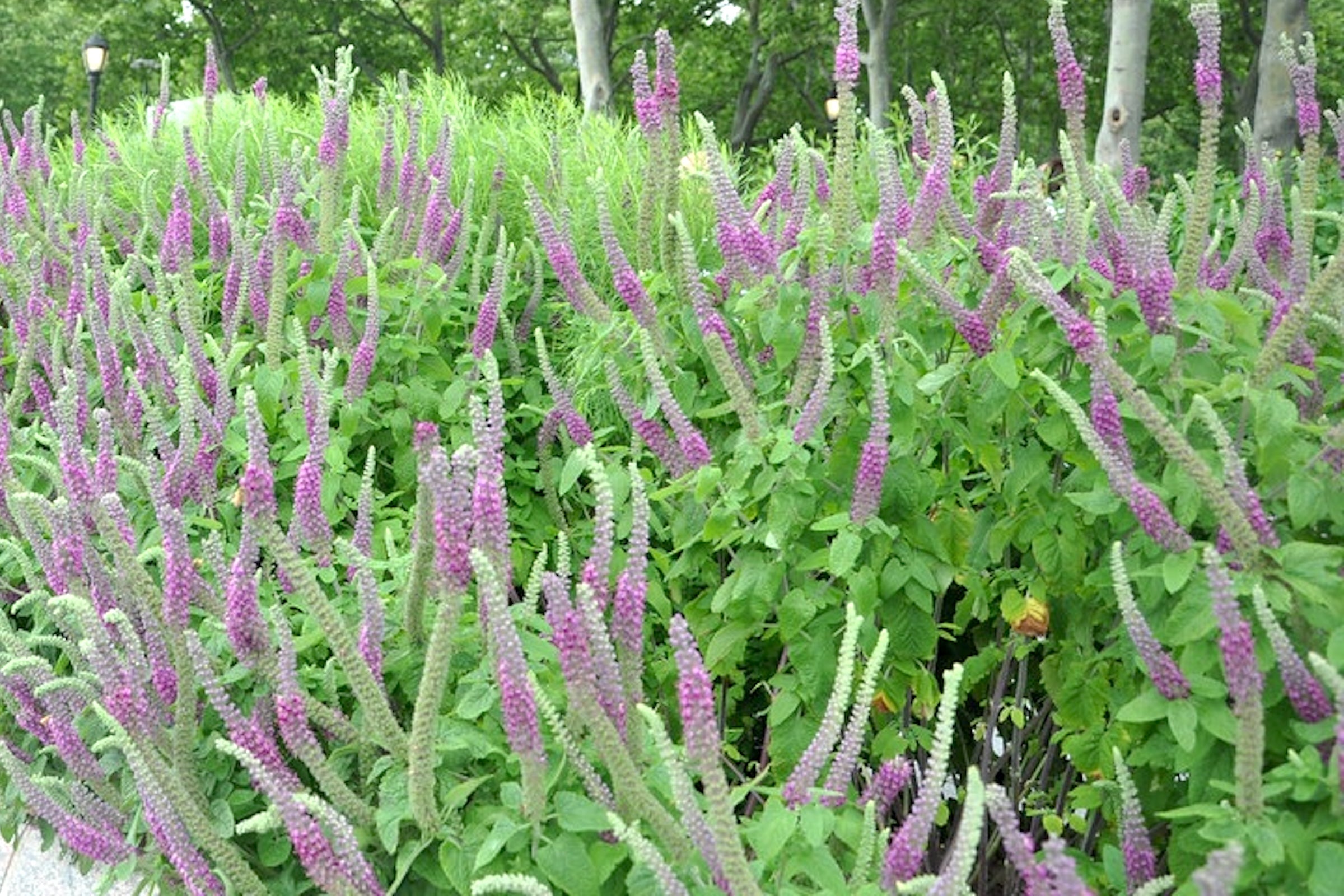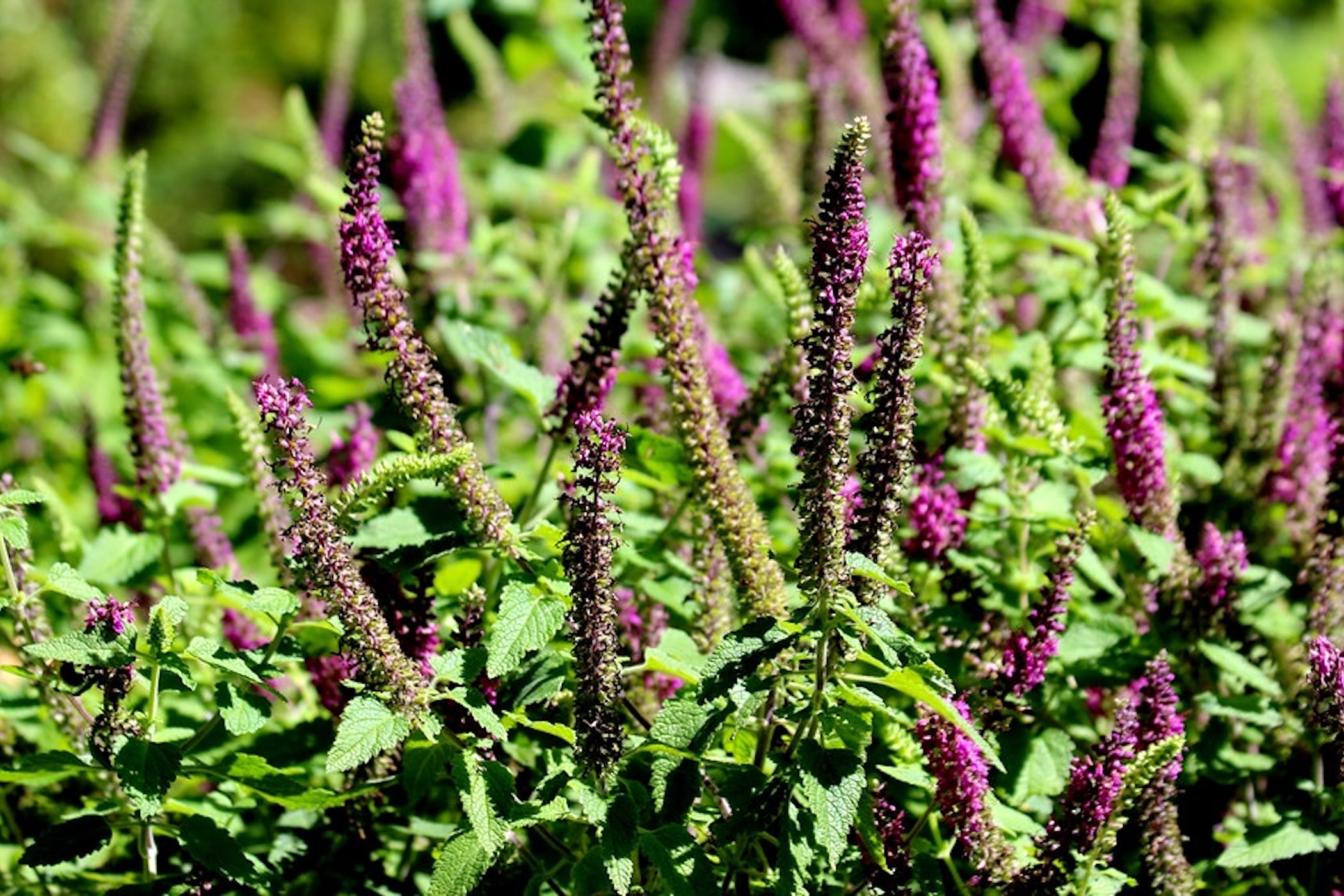Teucrium hircanicum
Approx. 0.5 litre pot
About this cultivar:
Teucrium hircanicum is a native wild treasure of the Caucasus! The species name is from Hyrcania, a historical region composed of the land south-east of the Caspian Sea in modern-day Iran and Turkmenistan.
Picture a plant both delicate and defiant, its slender stems reaching skyward with an air of nonchalance. Its leaves, like emerald shields, a testament to its adaptability and resilience. In early summer, it bursts into bloom with a profusion of tubular flowers. These blossoms, beloved by bees and butterflies alike, enchant any garden they grace.
Yet, do not be fooled by its ethereal beauty, for this plant possesses a tenacity that belies its delicate appearance. Thriving in a variety of soils and climates, it laughs in the face of adversity, spreading its joy wherever it takes root.
In the garden, it is a versatile companion, equally at home in a cottage border as it is in a rockery or wildflower meadow. Wild or formal - it fits!
- Position: Full sun, partial shade
- Soil: Almost any soil, grows well in Ballyrobert
- Flowers: June, July, August, September, October, November
- Other features: Grows well in Ballyrobert
- Hardiness: H5 - Hardy in most places throughout the UK even in severe winters (-15 to -10°C), Fully hardy, grows well in Ballyrobert
- Habit: Clump forming, bushy
- Foliage: Semi evergreen
- Height: 30 - 60 cm (1 - 2 ft)
- Spread: 30 - 60 cm (1 - 2 ft)
- Time to full growth: 2 to 5 years
- Plant type: Herbaceous Perennial
- Colour: Green, pink, purple
- Goes well with: --
About this genus:
Teucrium (tew-kre-um) is a member of the mint family (Lamiaceae) known for its summer flowers and small, attractive, silvery leaves. They get their name from Teucher, a Trojan prince who first used one of the species in medicine. Commonly called Germander, most Teucrium species are subshrubs with a woody base although the genus contains some herbaceous perennials.
Many Teucrium species have fragrant leaves whose odor is apparent when the leaves are bruised. The leaves of some species of Teucrium act like catnip and make felines dizzy with delight. Bees and butterflies love to visit the light purple/blue flowers. They also offer versatility, fitting into formal or informal designs with equal ease, and growing on almost any soil or situation - preferably dry and sunnier (They are found all over the world but are most common in Mediterranean climates). Their small size and neat habit makes Teucrium perfect for low hedges, borders, container plants and even knot gardens.








